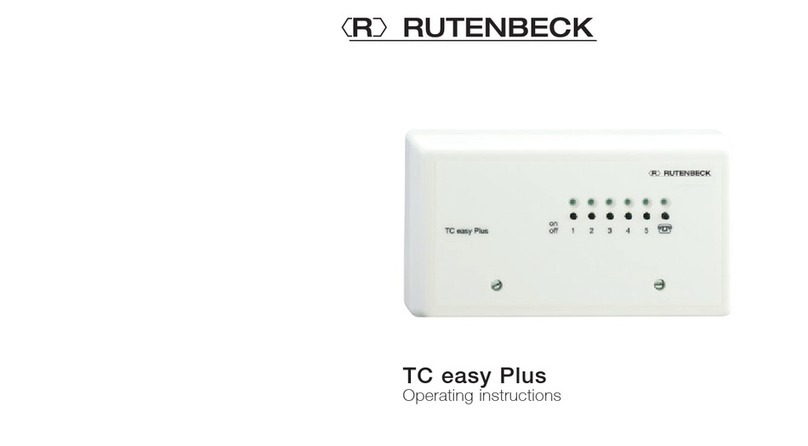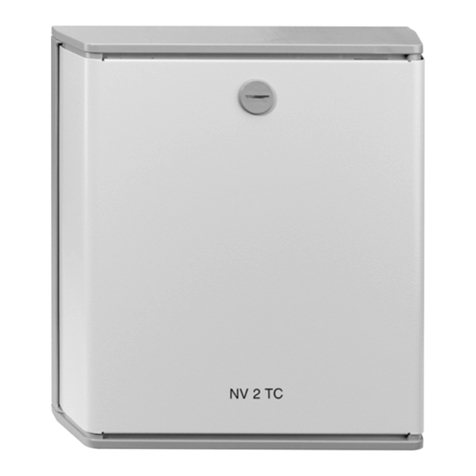4
The TCR easy Plus Alarm –
from now on known as TC
device – is a remote switch-
ing and alarming device. It
allows the switching of one
electrical device and can
send off two alarm mes-
sages via the telephone net-
work. Each of the two alarm
inputs can automatically dial
three phone numbers and
notify with a voice message,
if an alarm input has been
activated by a connected
contact.
Both alarm inputs can
seperately be activated or
deactivated.
The switching takes place
with DTMF-signals (DTMF=
Dual-Tone Multi-Frequency).
This can either be performed
with a DTMF-telephone or a
DTMF pocket dialer.
Individual user data are easy
to program by a telephone
call.
The operation is supported
by announcements.
You can choose between
three languages.
The TC device is built in a
housing for mounting on a
DIN-rail (4 module width).
The switching functions can
be carried out via the tele-
phone line as well as with
the built-in push-buttons
(see page 6).
They will be protected by
use of a 4-digit code num-
ber.
All settings and switching
states of the outputs will be
saved during a power failure
and be restored after the re-
turn of power.
General





























